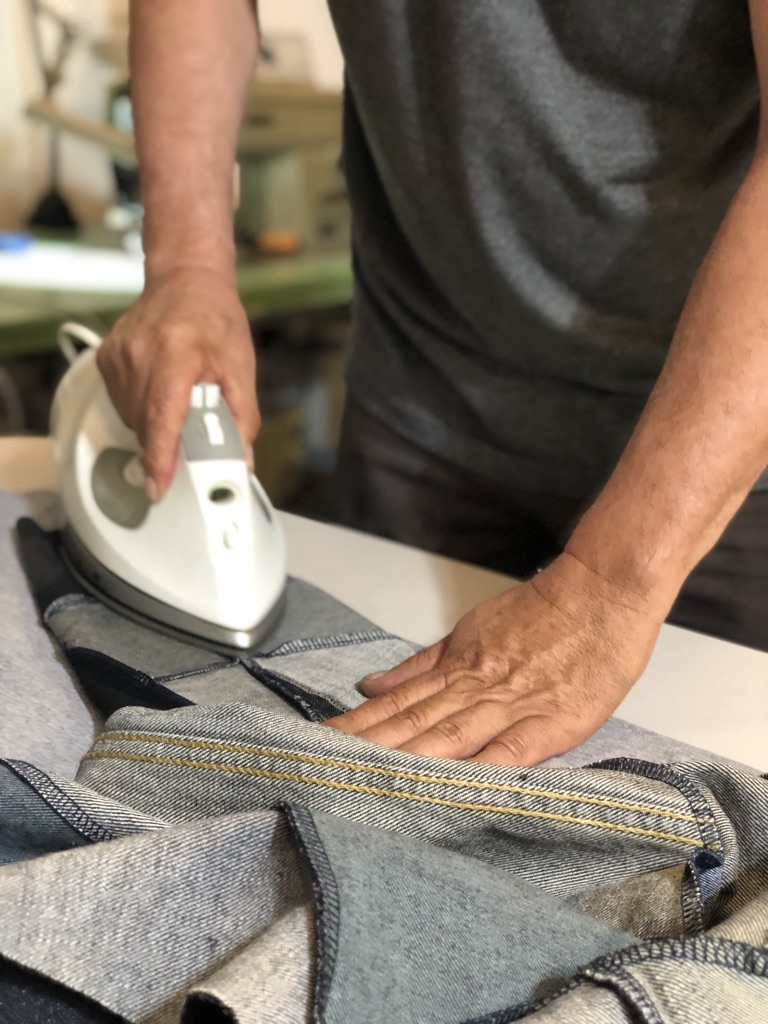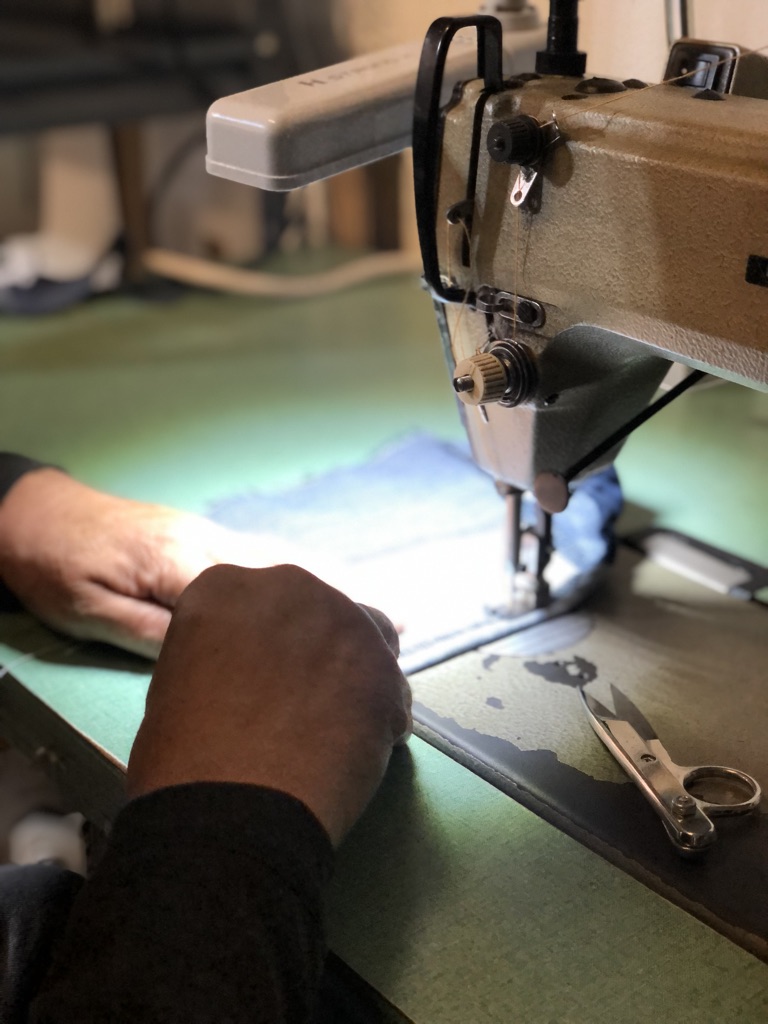Sustainability
Sustainability
The garment industry operates under a troubling reality: while material costs and minimum wages have steadily increased, garment prices have remained stagnant. This discrepancy raises a pressing question: who bears the true cost? Consumers are often unwilling to pay higher retail prices for garments, leaving the cost burden to be borne by the supply chain. This burden falls mainly on the garment workers, who are subject to exploitation and unfair compen-sation. Even in the United States, factory owners resort to illicit means to meet the mandated wage requirements on paper without actually fulfilling them, and frequently employ undocumented garment workers who are too fearful to speak up when their wages are unjustly withheld. The persistently low wages in the industry have led to a diminishing population of garment workers. The younger generation is increasingly deterred from pursuing careers in this field, while the more experienced and older generation is retiring, resulting in a significant loss of valuable skills and expertise.


In order to address these pressing issues, we are committed to upholding the rights and livelihoods of garment workers. All our garments are crafted in Los Angeles by industry professionals who are compensated fairly and provided with a safe and dignified working environment. By prioritizing the well-being and compensation of these artisans, we aim to reverse the trend of diminishing worker populations and ensure the preservation of invaluable expertise within the industry.
The issue of fabric waste in the fashion industry demands urgent attention. Astonishingly, approx-imately 85% of all textiles in the United States are discarded, contributing to the mounting piles of clothing dumped in landfills each year. Regrettably, many of these discarded garments find their way to third-world countries, exacerbating the problem. The rise of fast fashion has only amplified this issue, with consumers buying more clothes than ever before and disposing of them at an alarming rate.
The environmental impact of the denim lifecycle, for instance, is particularly alarming. Around 5% of all landfill waste comprises discarded denim, highlighting the immense scale of the problem. The production of denim consumes excessive resources, including an estimated 760 gallons of water per pair of jeans, not to mention the extensive use of chemicals and energy. Given these facts, it is imperative that we abandon the notion of disposing of denim altogether. Instead, we should embrace practices such as reuse and repair, which can significantly reduce our consumption of denim over time, provided we actively participate in driving this change.
As part of our mission, we strive to address the issue of fabric waste by reducing the volume of garments destined for landfills. We achieve this by creating beautiful, one-of-a-kind pieces that repurpose discarded materials. With meti-culous attention to detail, every garment is made to order, ensuring its uniqueness. By adopting a thoughtful and purposeful approach to fashion, we not only contribute to sustainability but also honor the skills of the artisans who bring our creations to life.
